By Mehmet Emre Öztürk
The informal QUAD-Group (Quadrilateral Security Dialogue), comprised of the US, India, Australia and Japan, has held a virtual meeting on presidential level on March 12 in its quest for an Indo-Pacific alliance. The process, described by the US as “historic”, aims to institutionalize the QUAD and create an alliance against China in the Indo-Pacific. The US National Security Advisor Jake Sullivan has declared last week that “the US was going to construct a serious and profound Indo-Pacific policy” and seek deep cooperation with the QUAD.
The US President Joe Biden said at the meeting’s beginning that the “QUAD will provide a vital arena of cooperation in the Indo-Pacific”, declaring his country’s determination to work with the other members in order to “establish stability” in the region.
Concerning the US interests and according cooperation with QUAD members, it can be stated first of all that the Biden Administration wants to take on Trump’s Indo-Pacific Strategy on a different dimension, with the Democrats looking to prepare a legitimate ground in the region for increasing US-China conflicts. The Biden Administration follows plans to rescue American hegemony by getting China under control. Biden thinks he can isolate China by dominating the region, and his government seems to follow a stepwise hardening policy towards Asia.
The QUAD appears to be based on a consensus and shared view against China, but all four countries on the other hand have different relations with Beijing. This is the reason why the countries do not openly state that they have united “against China”. Instead, the group prefers to act under the slogan of a “free and open Indo-Pacific”. But they do not hide to work together in the backroom against China, and to be willing and decided to apply according policies as their interests demand.
The concept of the QUAD was developed after the Tsunami of 2004 in the Indian Ocean, when the four countries gathered to coordinate their navies’ save and rescue activities. The leaders of the 4 countries met the first time in 2007 and laid the ground for future cooperation. But the process had come to a pause following changes in leadership of the different countries. Japan was the leading force of the process, and when its Prime Minister Shinzo Abe resigned in September 2007, the dialogue of this informal forum came to a halt.
China has followed the QUAD-process very closely and claims that the US is preparing steps to cause a major regional crisis. Beijing frequently and openly articulates its worries about the process, but also steers away from conflicts with neighbors in order to avoid US traps. In a statement made in 2018, Chinese Foreign Minister Wang Yi declared that these kinds of unions on the Indo-Pacific would only produce headlines and the next day disperse as “foam on the water”. Wang commented last year again on the QUAD, saying it attempted to create an “Asian NATO” to destabilize the region’s security. He added that the attempt was going to fail.
Japan’s attempt to gain a new role in the Indo-Pacific
Japan’s Prime Minister Suga Yoshihide made the first declaration after the summit. Suga acted faster than the White House and thus presented himself as the QUAD’s spokesperson. Suga declared the four countries had agreed on “certain cooperation” in order to provide the developing countries of the Indo-Pacific with vaccines against Covid-19. This declaration shows clearly the intention of turning the QUAD into an international, institutionalized structure. It won’t be mistaken to interpret the attempt of an informal group to develop a solution for a global crisis as an act to achieve recognition in the international community.
In continuance Suga spoke about Beijing’s activities in the South China Sea, claiming, “China wanted to change the status quo unilaterally”. The Press Secretarry of the US Department of Defense, John F. Kirby also had spoken on the matter shortly before the meeting. Kirby had stated concerning the Diaoyu Islands (Senkaku Islands in Japanese), “we are clearly and openly supporting Japan’s sovereignty on the islands and call China to refrain sending coast guard ships to the region, an action that can lead to misunderstanding and material damage”. The Kantei, as the Prime Minister’s office in Japan is also called, intends to move forward along the US based on a perception of a “Chinese threat”, but endangers the regional peace at hand.
The QUAD: a new field of settling score between the US and South Korea
The US does not want to content itself with the four countries and aims at enlargement within a “QUAD+” format. South Korea is no doubt the first candidate for enlargement. The Seoul Government has found itself in the middle of the US-Chinese competence. But as it does not want to endanger its commercial relations with China, Korea’s trading partner No.1, it shows no great willingness to join the alliance.
Following the QUAD summit, the White House has made declarations on Democratic People’s Republic of Korea, thus trying to hit the weak spot the Moon Jae-in government of Seoul. The document titled as “the QUAD leader’s Joint Statement: the spirit of the QUAD”, made public by the White House as summit declaration emphasized the priority of stopping P.R. of Korea’s nuclear program. But the statement did not mention the peace talks on the peninsula.
The President of South Korea, Moon Jae-in wants to continue the “Peninsula Peace Program” with determination, but the program turns into a bargaining chip in US hands, because Washington redirects the process. The Seoul government has come to odds with Washington in this process and demanded in declarations the participation of China in future talks, indicating that it started searching for new approaches. In a statement given in January, Moon had said, “South Korea – China relations are very important. China is our main trading partner and a country we have to cooperate with in order to advance the peace on the Korean Peninsula”. But time is running up for Seoul. Presidential elections are coming up in 2022, and President Moon’s desire for a fast process on the one hand and Biden’s “strategic patience 2.0” approach for a long term Korea policy as well as Washington’s recent declarations on the other are in open contradiction.
India’s positioning critical for future of QUAD
India’s position will be the decisive factor for the future of the QUAD. Australia and Japan have always been considered to be Western oriented countries, and they are expected to continue this stance. But the position of India, the other and most populous QUAD member, is different. New Delhi has participated actively in the Non-Aligned Movement after World War II and represented at that time the quest for a different world. And even today, although it’s an ally of the US, India still displays hesitating or diverging positions on different matters.
The relations between India and China has gone rogue in the last year due to border disagreements. Both countries have sent thousands of soldiers in to Ladakh region and faced a dangerous process. On the other hand, the Modi government has not cut the dialogue with China in spite of his party’s nationalist base. India’s Prime Minister Narendra Modi spoke on March 12 on the QUAD summit, calling the alliance a “force for the global good”. This different discourse indicates that India has reservations towards to QUAD process and will take a different stance than Japan and Australia.





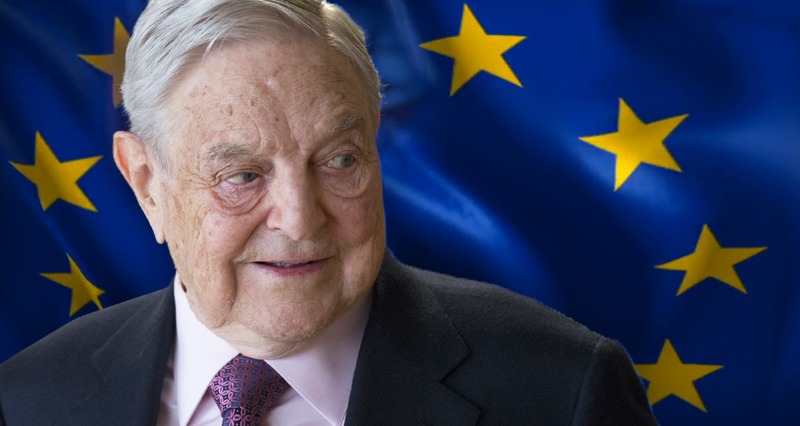

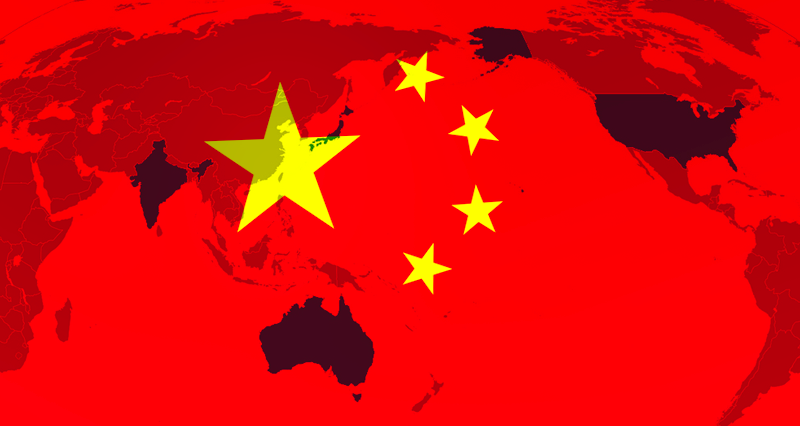
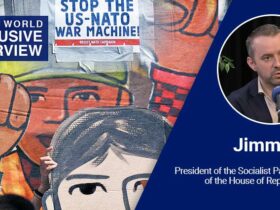

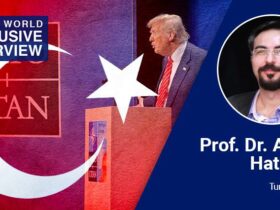
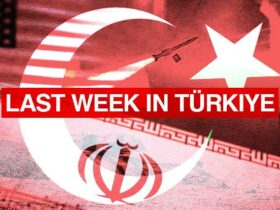
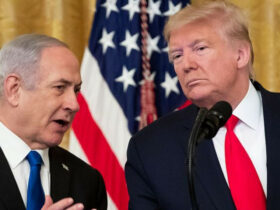




Leave a Reply